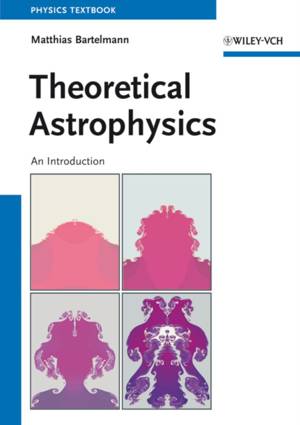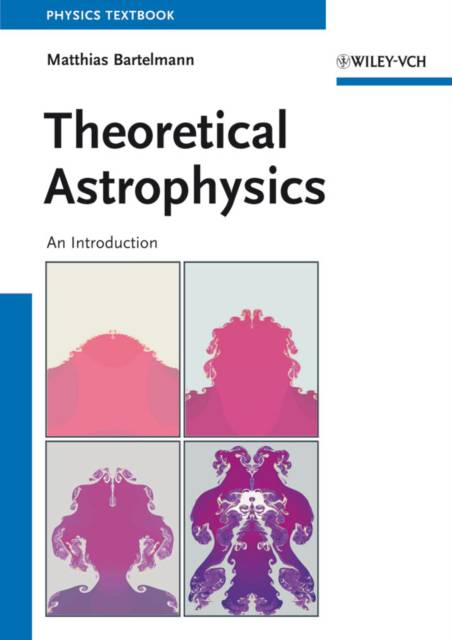
- Afhalen na 1 uur in een winkel met voorraad
- Gratis thuislevering in België vanaf € 30
- Ruim aanbod met 7 miljoen producten
- Afhalen na 1 uur in een winkel met voorraad
- Gratis thuislevering in België vanaf € 30
- Ruim aanbod met 7 miljoen producten
Zoeken
€ 148,45
+ 296 punten
Uitvoering
Omschrijving
Beginning from first principles and adopting a modular structure, this book develops the fundamental physical methods needed to describe and understand a wide range of seemingly very diverse astrophysical phenomena and processes. For example, the discussion of radiation processes including their spectra is based on Larmor's equation and extended by the photon picture and the internal dynamics of radiating quantum systems, leading to the shapes of spectral lines and the ideas of radiation transport. Hydrodynamics begins with the concept of phase-space distribution functions and Boltzmann's equation and develops ideal, viscous and magneto-hydrodynamics all from the vanishing divergence of an energy-momentum tensor, opening a natural extension towards relativistic hydrodynamics. Linear stability analysis is introduced and used as a common and versatile tool throughout the book.
Aimed at students at graduate level, lecturers teaching courses in theoretical astrophysics or advanced topics in modern astronomy, this book with its abundant examples and exercises also serves as a reference and an entry point for more advanced researchers wanting to update their knowledge of the physical processes that govern the behavior and evolution of astronomical objects.
Aimed at students at graduate level, lecturers teaching courses in theoretical astrophysics or advanced topics in modern astronomy, this book with its abundant examples and exercises also serves as a reference and an entry point for more advanced researchers wanting to update their knowledge of the physical processes that govern the behavior and evolution of astronomical objects.
Specificaties
Betrokkenen
- Auteur(s):
- Uitgeverij:
Inhoud
- Aantal bladzijden:
- 340
- Taal:
- Engels
- Reeks:
Eigenschappen
- Productcode (EAN):
- 9783527410040
- Verschijningsdatum:
- 29/01/2013
- Uitvoering:
- Paperback
- Formaat:
- Trade paperback (VS)
- Afmetingen:
- 168 mm x 239 mm
- Gewicht:
- 680 g

Alleen bij Standaard Boekhandel
+ 296 punten op je klantenkaart van Standaard Boekhandel
Beoordelingen
We publiceren alleen reviews die voldoen aan de voorwaarden voor reviews. Bekijk onze voorwaarden voor reviews.








